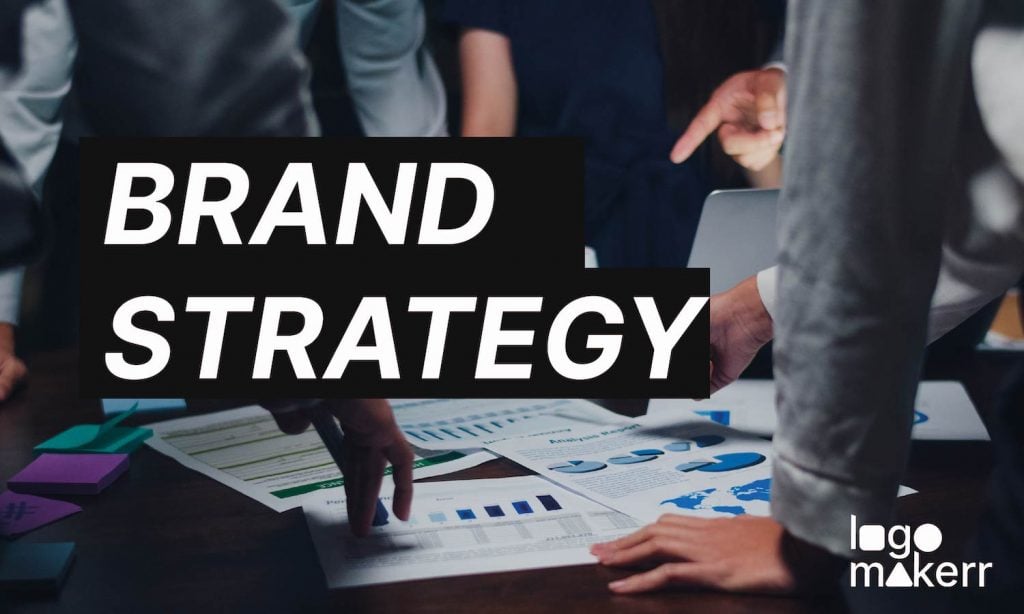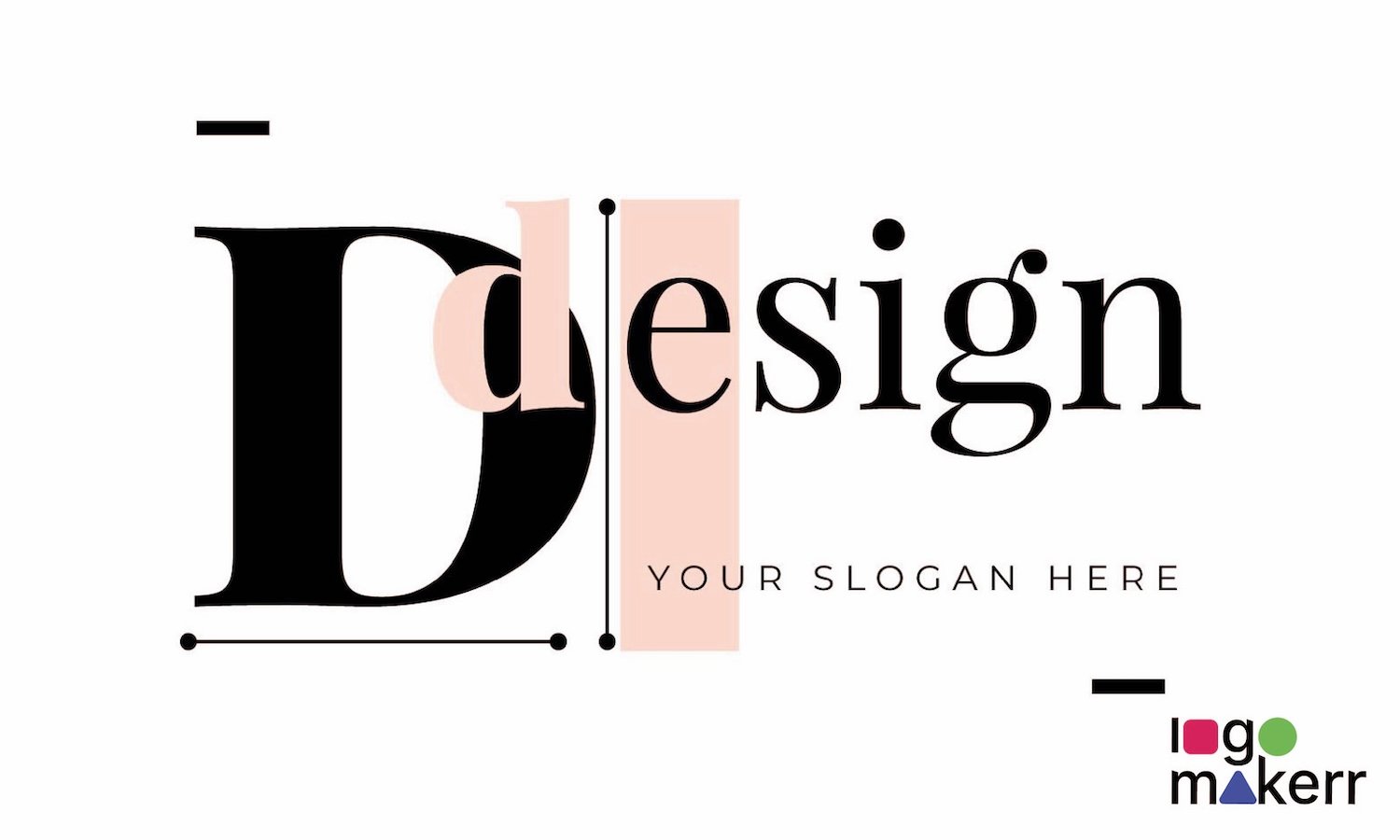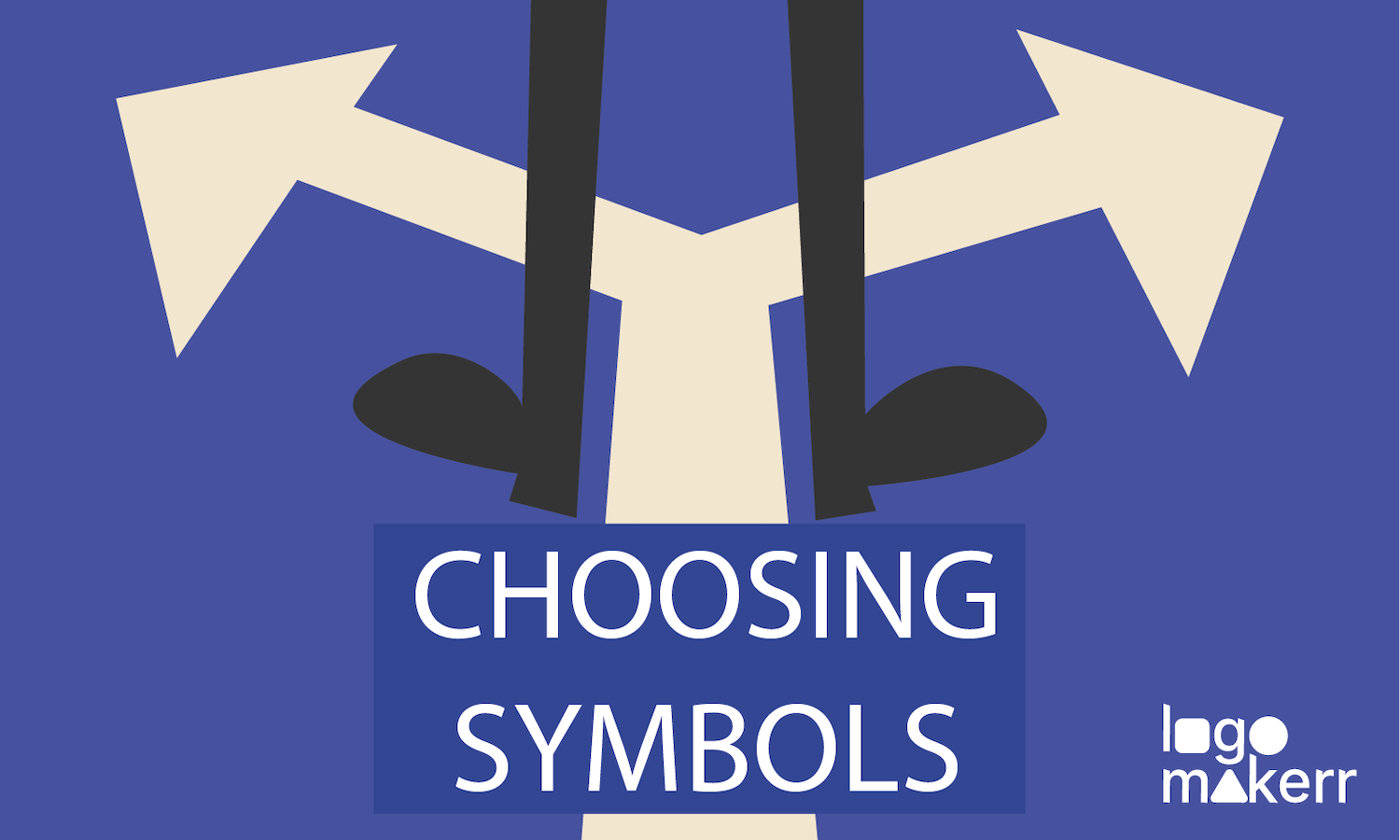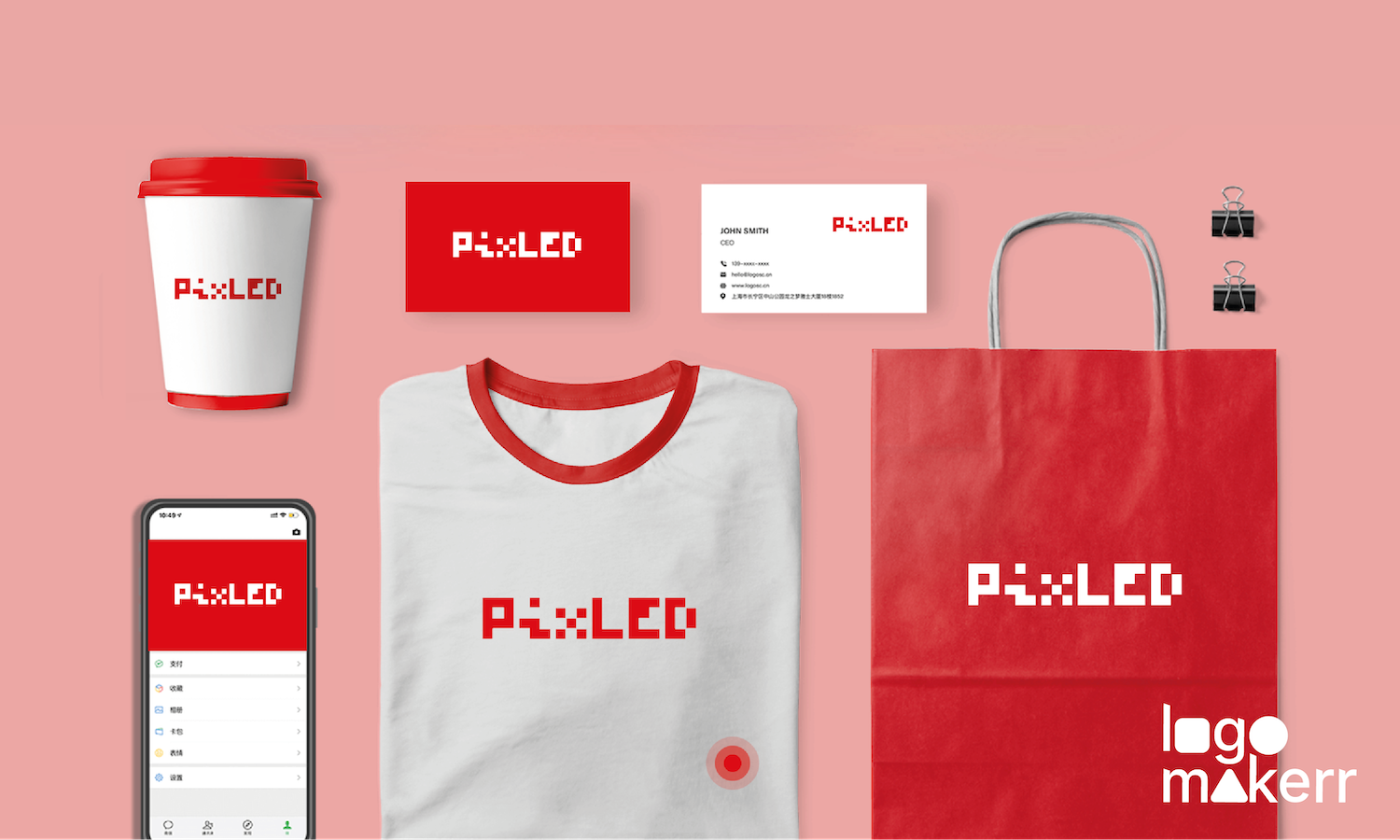Service-based professional businesses are growing at 10 percent annually across major categories. These services offer no tangible or physical product like selling shoes or cakes. AI logo maker is one of the servie-based prffesional businesses too.
When you sell a service, you’re selling a promise. There’s nothing to show off, just your word, which is a written declaration that you’ll deliver. A strong brand makes that promise feel real, turning strangers into clients who trust them. It’s the difference between a one-time gig and a steady stream of loyal customers.
In 2025, B2B buyers favored brands that were reputed and trusted when choosing service providers. A clear brand lets you charge premium rates and sparks referrals. For accountants, therapists, or marketers, branding is how you prove you’re worth the investment.

Service businesses face unique hurdles. Unlike products, your work can’t be tested before purchase. A well-crafted brand bridges that gap, giving clients confidence in your expertise.
Then there is the trust factor. Building trust starts with understanding your audience’s needs, and they need to be convinced that those needs will be fulfilled by your services.
This article shares practical brand strategies to build a brand that stands out and sticks around.
Brand Strategy – Building Your Brand Foundation
Every great brand starts with a clear idea. Figure out what makes you different through client chats or market research. Your unique value sets you apart, like a consultant who solves niche problems. Nail this, and clients will remember you.
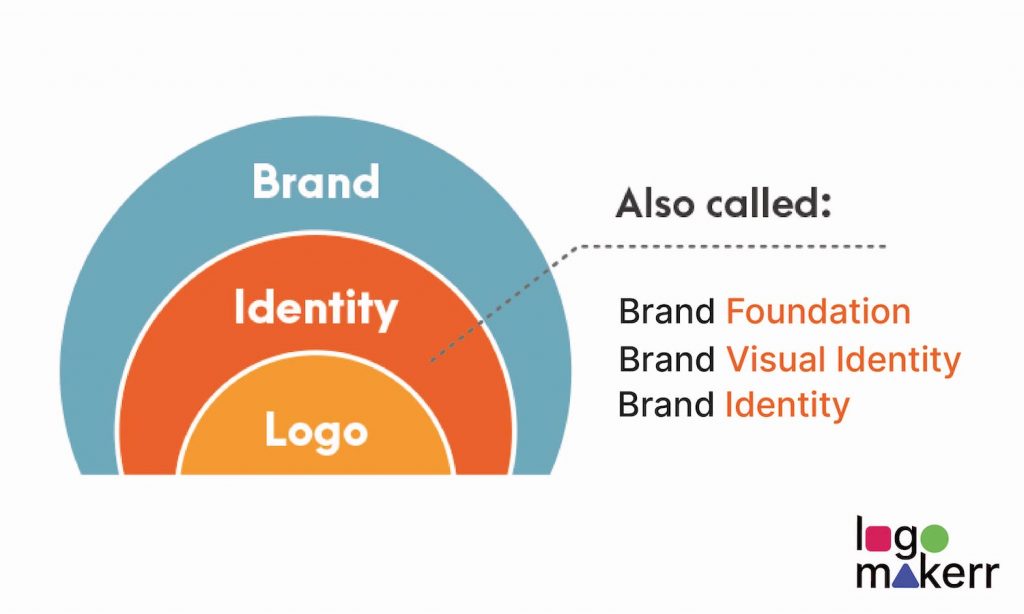
Next, create a visual identity. Design a logo, pick colors that match your vibe, and keep it consistent. A clean, unified look across your website and business cards screams professionalism. In 2024, Forbes noted that clients trust brands with a cohesive visual identity. Platforms like Logomakerr.AI streamline this critical process by enabling service-based businesses to create a professional logo instantly. With intuitive customization features, even those without design experience can craft logos that effectively represent their brand’s core values.
Your visual identity acts as a powerful bridge between your promise and your client’s expectations, especially for service providers who sell intangible experiences rather than physical products. Using an AI logo maker not only accelerates this branding step but also helps ensure your visual presentation remains cohesive across various digital and physical platforms, fostering greater trust among potential clients.
Your voice matters too. Write emails and posts in a tone that feels like you, whether warm or sharp. Templates for pitches or social media keep your message steady. A clear voice builds familiarity, making clients feel they know you.
Taking time to refine your story also pays off. A therapist might highlight their journey into mental health to connect with clients on a personal level, adding depth to their brand. This authenticity helps your business stand out in a crowded market.
Brand Consistency and Community Engagement
A brand needs to show up everywhere. Share your story on your website, social media, emails, and at events. Consistent messaging, like a tagline used everywhere, sticks in clients’ minds. It’s how people start to recognize you.
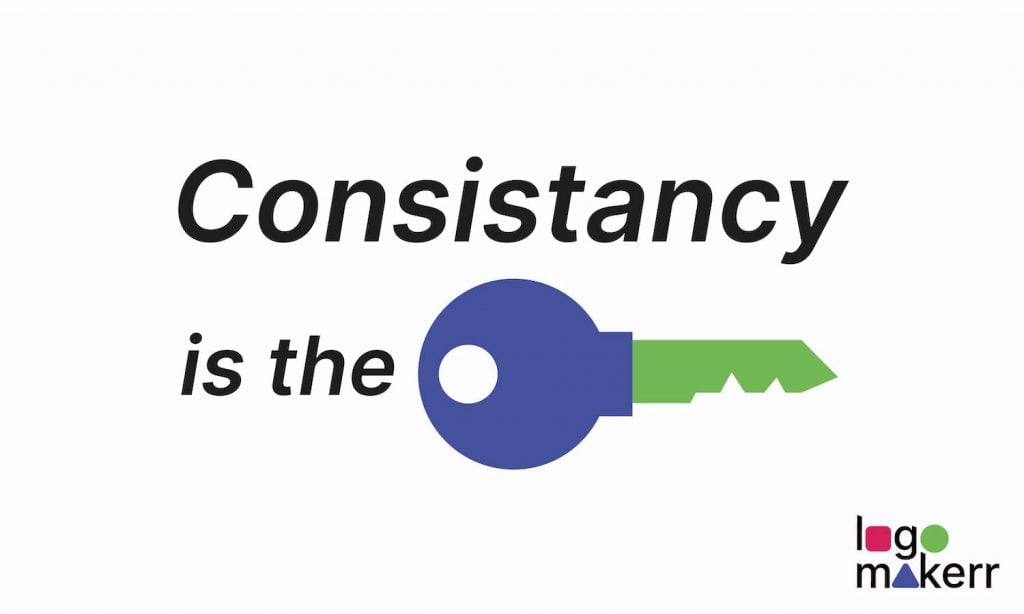
Thought leadership builds your name. Write blog posts, host webinars, or share case studies that spark conversation. According to McKinsey, B2B buyers value an omnichannel experience while choosing providers, including remote and in-person interactions. Companies putting effort in this direction show that they value their customers.
Another way is to turn clients into cheerleaders. Ask for testimonials right after a great project, offer perks for referrals, or reply to social media comments quickly. Listening to feedback makes people feel valued. For example, a quick thank-you to a client’s post can spark more engagement. A loyal community spreads your brand further than ads ever could.
UGC is another form of community engagement where genuine creators talk about your brand after reviewing your products and services. You can hire these UGC content creators, ask them to review your product and send you the video for that. You can use this video in different marketing channels.
Building Trust Through Branding
Trust depends on strong branding, particularly for service-based entities. Law firms are service-based businesses that are entirely based on reputation. Clients turn to them in tough times, so a law firm brand that feels trustworthy is everything. Clear messaging and a caring tone show expertise while making clients feel safe.
Take cases involving health risks, where trust is critical. The Depo Provera brain tumor lawsuit shows how law firms position themselves as advocates for justice. By sharing clear, honest information about claims against the manufacturer, they build confidence among clients seeking help. This kind of branding highlights their commitment to fighting for those harmed.
TorHoerman Law notes that many women are at significant risk of tumors and were not adequately informed of these dangers. Law firms are helping these women seek justice and compensation.
Simple case updates, easy-to-read resources, and responsive client support keep people informed and calm. Engaging with clients through social posts or community outreach strengthens their image as a firm that cares. These efforts prove that consistent, empathetic branding can make a law firm a trusted partner in tough times.
Regularly showcasing client successes can further solidify trust. Sharing anonymized stories of resolved cases, with permission, demonstrates real-world impact and reassures potential clients. This approach keeps the focus on results while maintaining professionalism.

Partnerships and Experiential Branding
Teaming up with others boosts your reach. Partner with related services, like a lawyer joining a financial planner for a seminar. These collaborations introduce you to new clients. Joint events or content double your brand’s visibility.
Create moments clients remember. Host pop-up consults or online demos that show what you do. A virtual workshop can bring your service to life. According to a Statista report, global experiential marketing revenue crossed $128 billion in 2023/24, with a 13.4 percent increase in the U.S. B2B segment.
Support causes that you care about. Sponsor a local event or charity that fits your values. This builds deeper ties with your audience. People trust brands that give back, making your community stronger.
Collaborating with local businesses can also open new doors. A marketer might team up with a graphic designer for a joint project, blending skills to create something memorable. These partnerships often lead to shared audiences and stronger community ties.

Measuring, Evolving, and Sustaining Your Brand
Your brand isn’t something you build once and leave alone. Tools that analyze client behavior give you clear data to see what’s working.
Try small updates to keep things fresh, like new headlines, different images, or sharper calls-to-action. A/B testing shows which changes connect with your audience. These little adjustments help your brand stay relevant without needing a complete redo.
Gathering input from your team can also guide improvements. A marketer might ask colleagues for feedback on a new campaign, uncovering ideas that resonate with clients. This collaborative approach ensures your brand stays adaptable and aligned with current needs.
Check your brand every few months. Look at every touchpoint, from your website to client emails. Make sure they align with what clients want now. A living brand evolves, keeping your business relevant and trusted.
